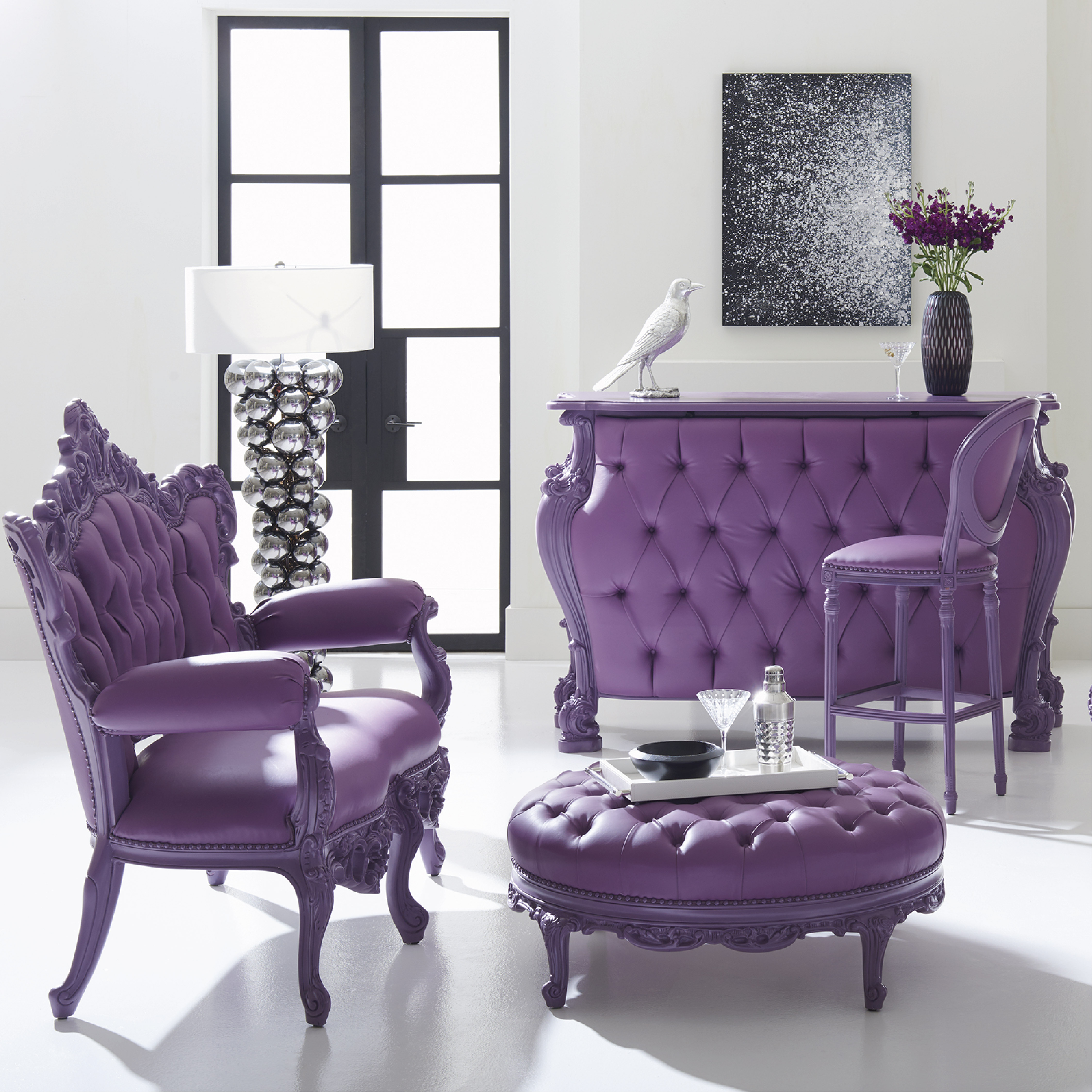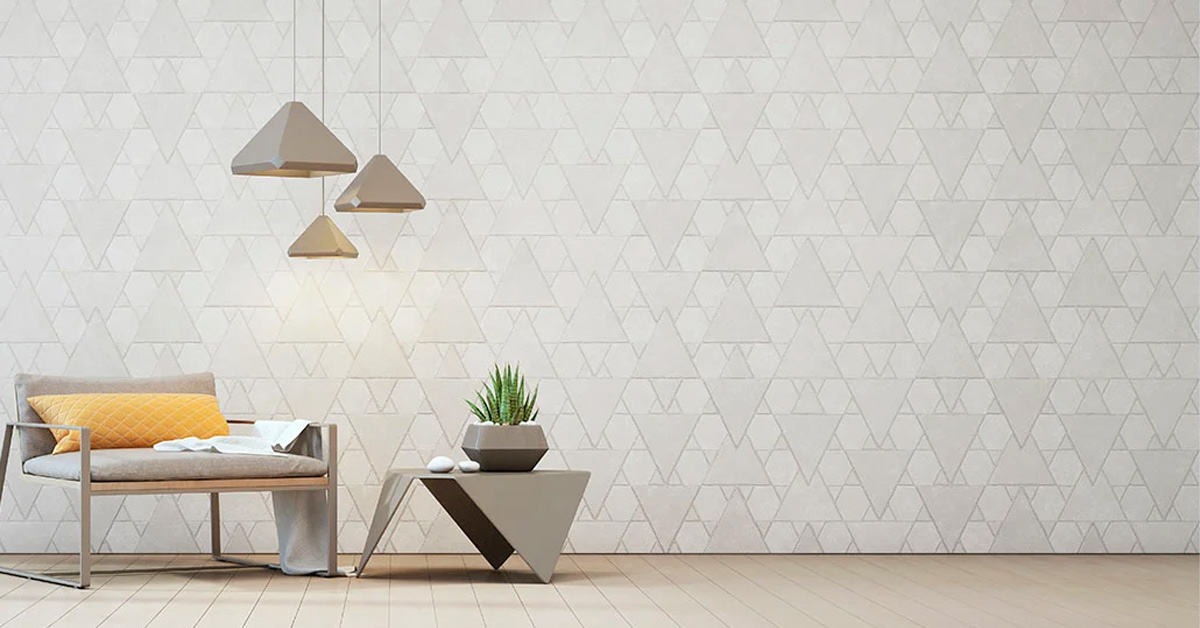Interior designers know well that the environment has a powerful influence on us: the shape, color, texture and size of the objects that surround us can determine how we feel and even how we behave in one place or another.
One of the greatest achievements to which an interior designer aspires is to be able to create spaces that have a positive influence and that provoke a genuine, meaningful and emotional response in users.
In order to achieve this, we must first understand how and why this phenomenon occurs, this way we can take advantage of it and apply it in our designs. So let's start from the basics, what do aesthetics have to do with emotions?
Aesthetics as a trigger for emotions
 Despite the fact that emotions are a complex, multidimensional and above all subjective phenomenon, for practical purposes we can classify them as affective states of mind of short duration: such as admiration, boredom, pleasure, stress, joy and hatred.
Despite the fact that emotions are a complex, multidimensional and above all subjective phenomenon, for practical purposes we can classify them as affective states of mind of short duration: such as admiration, boredom, pleasure, stress, joy and hatred.
Although we are still far from being able to measure emotions, we can observe and measure some of their aspects. The most obvious are the manifest behaviors, but we can also ask people directly how they feel, and precisely we will talk about this later.
When it comes to design, aesthetics and functionality are everything and ideally go hand in hand. There are many elements - such as decoration and lighting - that have a direct impact on the compositional richness of the space, but undeniably the most determining element is the furniture.
Something important to note is that a quality environment brings with it a virtuous circle: Any beautiful and pleasant space encourages pleasant and genuine interactions between people, which in turn makes it easier to create positive interpersonal bonds.
The influence of furniture on our emotions
In 2011, an interdisciplinary team at the University of Oregon undertook the task of scientifically testing whether furniture can indeed provoke an emotional response in people.
In order to do this, they measured the reactions of the 111 participants of the study in four scenarios, two scenarios with curvilinear shapes and two scenarios with orthogonal shapes.

One of the most important aspects of this study is precisely the use of these scenarios in which they used furniture and different designs in a space. In contrast, many previous studies had approached this problem solely by exposing participants to simple geometric bodies. In other words, it was made with interior design in mind.
The results indicated that the scenario with curved shapes caused feelings of rela
xation, tranquility and calm, while the orthogonal shapes did not have the same effect.
Not just that, but the vast majority of the participants stated that they wanted to get closer to these spaces than to those with only straight lines.
With this study, it was confirmed what years of empiricism clearly pointed out: nothing is better to evoke emotions and stimulate the senses, than complex and soft forms.
Design furniture: objects with a symbolic charge that few can imagine
This study is only an approximation to the enormous complexity of the phenomenon of optic-haptic interaction between people and furniture, since it still needs to explore a very important aspect: the symbolic load of objects.
And it is that our mind works by association: the moment we know something, we remember it within a context and we link other knowledge to that memory.
For example, if you show an average adult a photograph of the "Iron Throne", the theme song of the popular series Game of Thrones will most likely begin to sound in his head, and he will feel moved by the amount of memories that this visual stimulus will provoke.

The same happens with the furniture we use in our daily life: due to their shape, size, colors and textures, they immediately refer you to places that you have seen or visited, and believe it or not, this association process can predispose you to certain emotions or -in the best case scenario- provoke them.
With all this in mind, it is striking that minimalist furniture, which is not particularly curvilinear or rich in shapes and textures, is used so extensively, and in this regard, the only two reasons we can find for this are:
- They are much cheaper to produce.
- Since they are not more stimulating than what is strictly necessary, they are useful in environments where too much concentration is required.
However, these two are not reason enough to waste the enormous aesthetic possibilities that can be achieved with furniture of other styles, of greater formal richness and complexity, such as the beautiful pieces inspired by the most representative currents of history, such as the Baroque, Rococo and Victorian style.
Take advantage of these resources in your designs
Contrary to what several people believe, classic furniture does not belong solely to museums. The work of designers like Marcel Wanders make it clear that they can look great in contemporary interior design.
If you think that this kind of furniture can only be found abroad, you will be glad to know that it is not. POLaRT’s classic-inspired furniture brings the richness and beauty of these pieces to your projects in any corner of the world.
So, if you feel like venturing out, what better time than now to discover all that you can achieve with designer furniture for your interior design work.
If you have already decided to take the step but do not know for sure how you should present something like this to your clients, we recommend you consult the guide on what you need to know to develop and present a professional quality interior design project. Once you master these tools, it will be difficult for your client to say no.
Fuente: Sibel S. Dazkir and Marilyn A. Read: Furniture Forms and Their Influence on Our Emotional Responses Toward Interior Environments, Oregon State University, Corvallis



Leave Comment